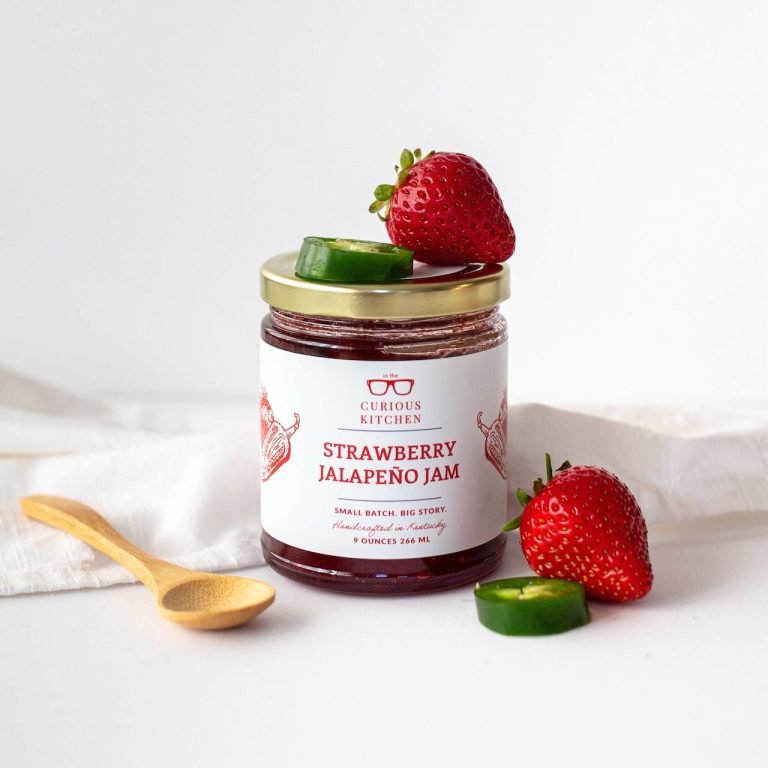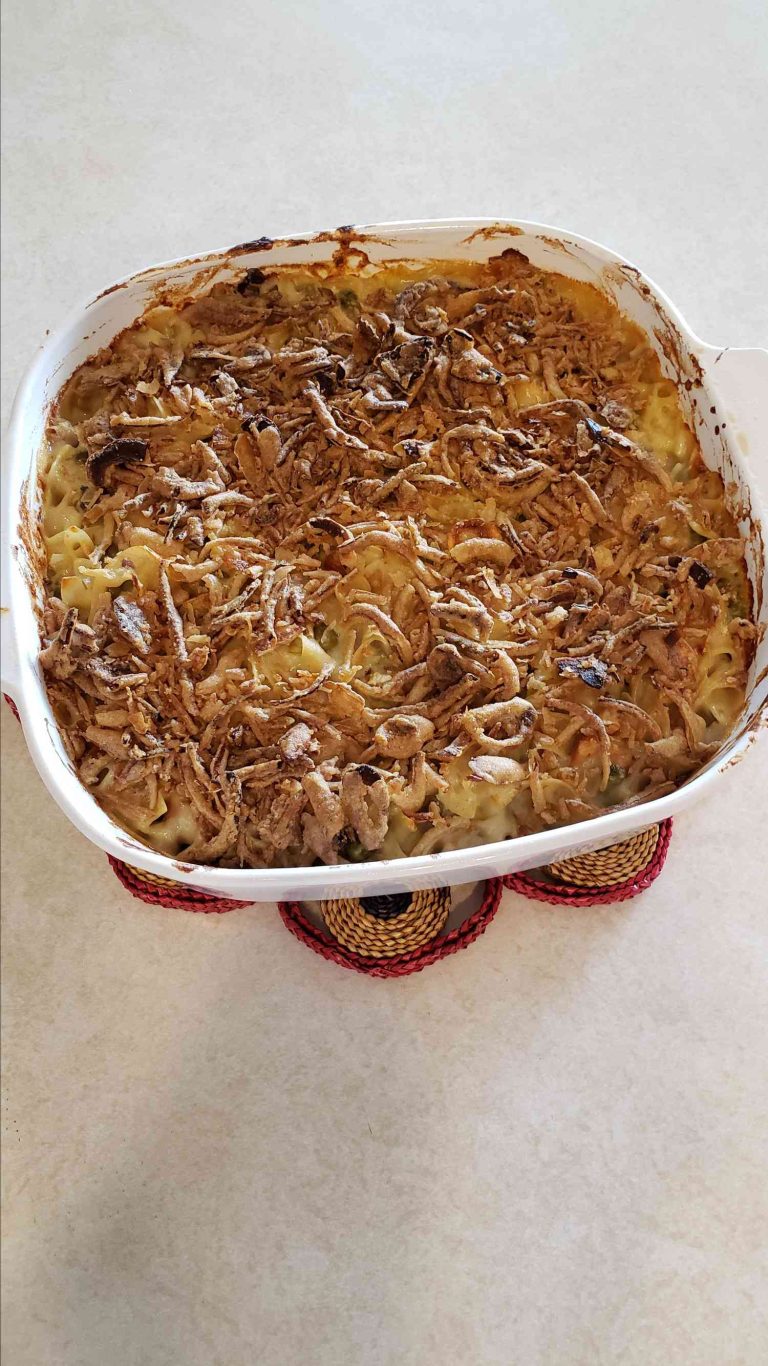Orange Gelatin: Recipes, Benefits, Brands, and Alternatives
Orange gelatin typically contains gelatin, water, sugar, natural or artificial orange flavor, and food coloring. Gelatin, a protein derived from animal collagen, acts as a gelling agent. Water helps dissolve and activate the gelatin. Sugar provides sweetness, balancing the tanginess of the orange flavor. Natural or artificial orange flavoring supplies the citrus taste. Food coloring imparts the characteristic orange hue.
The Production Process
The production of orange gelatin begins with dissolving gelatin in hot water. This step ensures the gelatin fully dissolves and activates. Next, sugar is added and mixed until completely dissolved. Once the mixture cools to a specific temperature, orange flavoring and food coloring are added. The mixture is poured into molds and refrigerated until set. This process results in a firm yet jiggly texture typical of gelatin desserts.
The Culinary Versatility of Orange Gelatin
Dessert Dishes
Orange gelatin enhances many dessert dishes. You can create classic dishes like orange gelatin molds, mixing gelatin with fruit pieces for added texture. Parfaits combine layers of orange gelatin, whipped cream, and crushed cookies to offer a rich, creamy dessert experience. For a chilled treat, orange gelatin popsicles provide a refreshing option, especially during warmer months.
Functional Uses in Cooking
Orange gelatin offers functional uses beyond dessert. It’s an effective thickening agent, adding a citrus note while maintaining texture in recipes like yogurt-based dishes. For creative presentations, you can use orange gelatin in glazes for cakes or pastries, giving a glossy finish with a zesty flavor. In savory applications, it can stabilize cold salads or molded dishes, ensuring a firm structure without overpowering other ingredients.
Health Benefits and Concerns
Nutritional Profile
Orange gelatin offers a low-calorie option for those looking to indulge in a sweet treat. A standard serving (about 100 grams) contains roughly 62 calories, 14 grams of carbs, and less than 1 gram of protein. It’s also virtually fat-free. Commercial orange gelatin typically includes water, gelatin, sugar, and artificial flavoring and coloring. Some versions contain added vitamins and minerals, like vitamin C, enhancing their nutritional value.
Potential Health Risks
While orange gelatin is generally safe for most people, several factors could pose health concerns. The high sugar content, particularly in commercial varieties, may contribute to weight gain and increased blood sugar levels. Additionally, artificial colors and flavors used in many orange gelatins can cause allergic reactions or hyperactivity in sensitive individuals. Those with dietary restrictions related to animal products should note that traditional gelatin derives from collagen, mostly sourced from pigs or cows. Always check the ingredient list, especially if you have specific dietary needs or restrictions.
Comparing Brands and Types of Orange Gelatin
Reviews of Popular Brands
When choosing orange gelatin, reviews of popular brands offer valuable insights. Jell-O, Royal, and Simply Delish are top contenders.
- Jell-O: Known for its legacy, Jell-O orange gelatin delivers a balanced citrus flavor. Reviewers praise its consistent texture and widespread availability. It’s often highlighted for maintaining the traditional gelatin dessert experience.
- Royal: This brand provides a slightly different taste profile. Users appreciate its affordability and quick setting time. It’s a preferred option for those needing a reliable gelatin for large batches.
- Simply Delish: Catering to health-conscious consumers, Simply Delish offers plant-based gelatin. Reviewers mention its vibrant flavor and allergen-free ingredients. It’s praised for aligning with vegan or vegetarian diets.
Gelatin Alternatives: Pros and Cons
Exploring gelatin alternatives can help meet specific dietary needs or preferences. Agar-agar, pectin, and carrageenan are notable options.
- Agar-Agar: Made from seaweed, agar-agar serves as a vegan substitute. It sets more firmly than traditional gelatin. However, it lacks the jiggly texture distinctive to regular gelatin desserts.
- Pectin: Derived from fruits, pectin acts as a thickening agent. It’s popular for making jams and jellies. While suitable for vegetarian diets, pectin requires added sugar to activate its gelling properties, which may not align with low-sugar dietary plans.
- Carrageenan: Also seaweed-based, carrageenan provides a smooth texture. It’s used in many dairy and non-dairy products. Despite its versatility, some studies have raised concerns about the potential digestive issues it might cause, making it less favorable for sensitive individuals.
Choosing between traditional gelatin and alternatives depends on dietary restrictions and desired textural outcomes. Each type and brand offers unique advantages, supporting various culinary creations with orange gelatin.
Tips for Perfect Orange Gelatin Preparation
Best Preparation Practices
Follow these practices to prepare the best orange gelatin:
- Use Cold Water Immediately: Stir the orange gelatin powder into boiling water until fully dissolved, then immediately mix in cold water. This ensures a smooth texture.
- Refrigerate Promptly: Place the mixture in the refrigerator as soon as it’s ready. Ensuring quick cooling helps the gelatin set consistently.
- Consistent Stirring: Stir consistently while dissolving the powder to avoid clumps, ensuring an even texture throughout.
- Overheating the Mixture: Avoid overheating the gelatin mixture, as excessive heat can break down the gelatin molecules, resulting in a runny texture.
- Insufficient Stirring: Insufficient stirring can leave lumps, affecting the final product’s consistency.
- Adding Fresh Fruits Incorrectly: Some fresh fruits like pineapple, kiwi, and papaya contain enzymes that prevent gelatin from setting. To include these fruits, use a canned variety or cook them first.
Conclusion
Exploring the world of orange gelatin opens up a plethora of culinary possibilities. Whether you’re drawn to its vibrant color or its versatility in recipes, understanding its production, health aspects, and preparation tips can enhance your cooking experience. With various brands and alternatives available, you can tailor your choices to fit dietary needs and personal preferences. Remember to follow best practices for preparation to achieve that perfect, smooth texture every time. Happy cooking!





